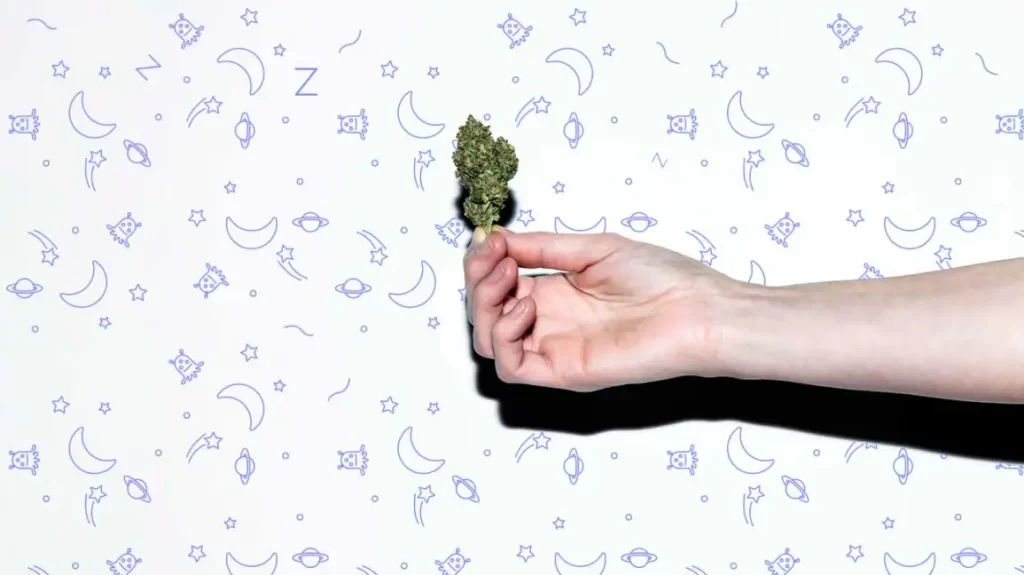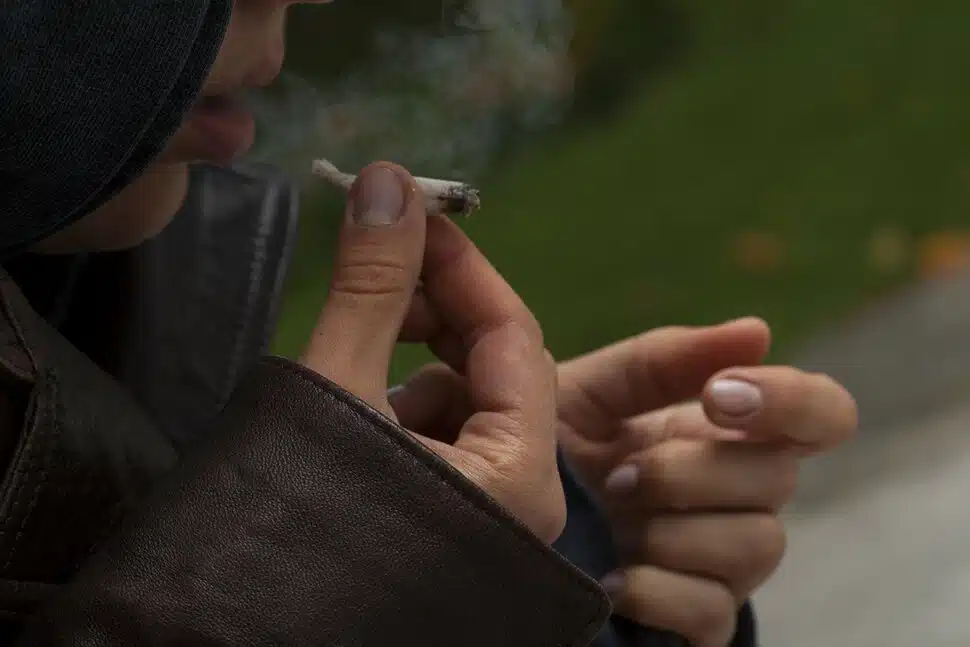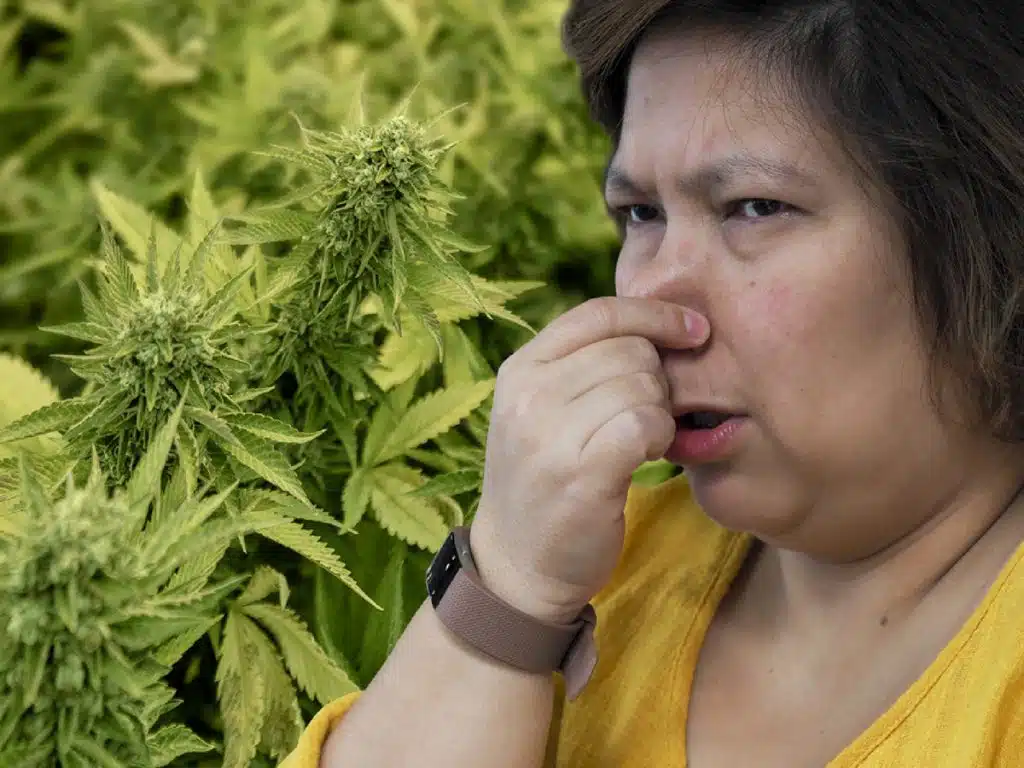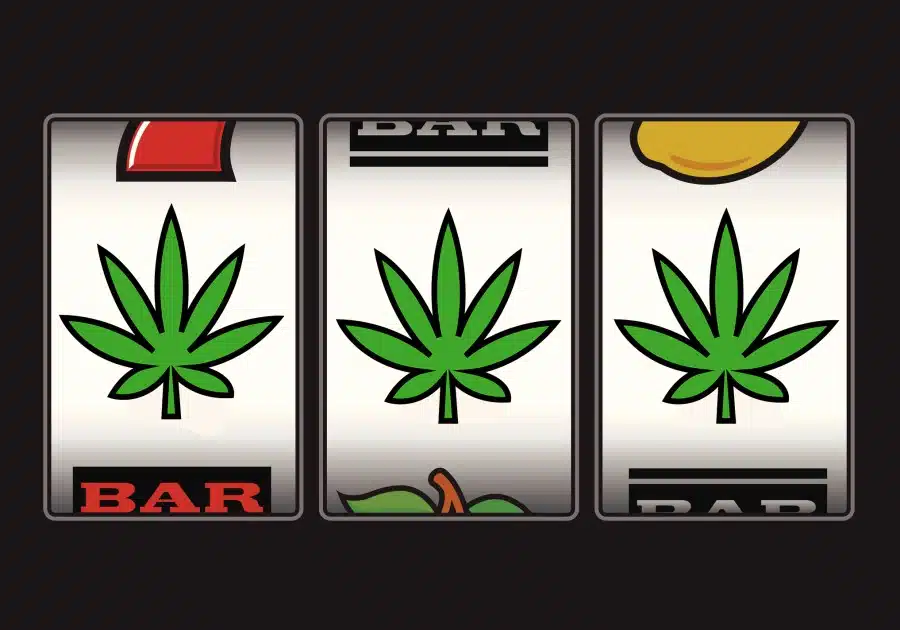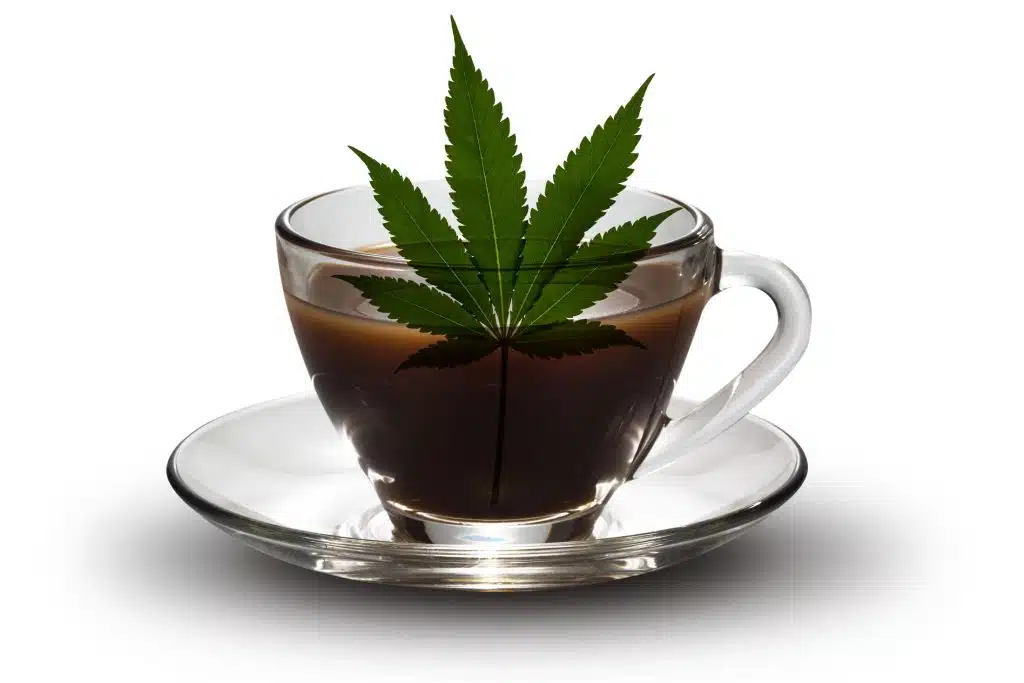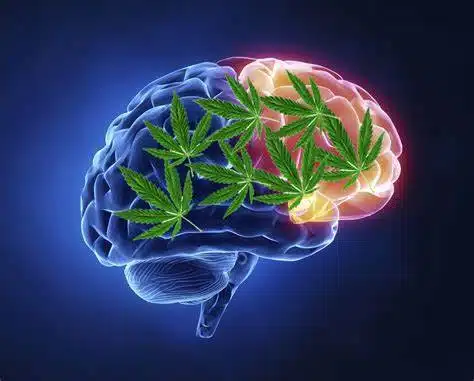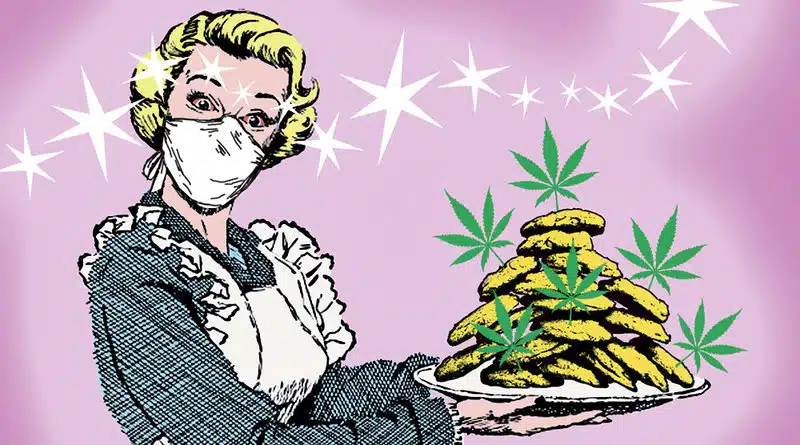History Of Weed Prohibition In Canada
History Of Weed Prohibition In Canada
Today, Canada’s drug laws are in line with modern thinking and reflect the need to protect vulnerable populations. Canada’s original drug laws were based on prejudice and targeted certain groups unfairly.
Canada’s Prohibition experience was largely driven by the growing anti-Chinese sentiment that had developed throughout British Columbia during the construction of the Canadian Pacific Railway.
The Opium and Drug Act of 1908 made it illegal for Canadians to sell, manufacture, or import opiates and cocaine for non-medical use. This law targeted Chinese Canadians, who bore the brunt of the arrests and ensuing legal penalties.
The fear and stigma around drug use has spread east across the country, leading to early ‘war on drugs’-style media. This has led to a social problem, as people are treated poorly because of their use of drugs.
This book, written by a suffragist and first female magistrate, captures the public’s perception of race and drug use in Canada at the time.
Murphy’s 1922 book on addiction was a major turning point in the fight against drug abuse. The book helped convince the public to demand tougher drug laws, and her hopes soon came true.
The 1908 Act laid the groundwork for future legislation prohibiting other drugs, with cannabis becoming a scheduled substance in 1923, when drug legislation was consolidated into the Act to Prohibit the Improper Use of Opium and other Drugs. There is no evidence to suggest that the Act was ever discussed or debated in Parliament.
The Opium and Narcotic Act of 1929 was a pivotal piece of legislation in Canada’s drug policy for the next 40 years. It helped to establish strict penalties for those caught consuming, possessing or selling illegal substances, and it has been a foundation of our drug policy ever since.
In the early 1960s, recreational drug use was becoming an increasingly popular part of youth culture. This led to the 1961 Narcotic Control Act, which made the possession of cannabis (and other drugs) an indictable offence and doubled the penalty for trafficking.
The Act also implemented elements of the Single Convention on Narcotic Drugs, an international treaty that Canada was a signatory to and which would later be supplemented with further legislation controlling activities related to psychotropic substances such as MDMA and LSD.
Despite the arrests of Canadians with otherwise clean records, the government launched the Le Dain Commission to examine the use of non-medical drugs. The Commission advocated for more lenient drug penalties, but the prohibition against non-medical drug use remained intact and unchanged.
Since 1996, when the Narcotic Control Act was repealed and replaced with the Controlled Drug and Substances Act, penalties for possession of cannabis have decreased. This act remains in place today, with amendments.
Indigenous cannabis remains in federal vs provincial law limbo
The Cannabis Act ostensibly legalized cannabis for all residents of Canada, but there are still gaps in how Indigenous sovereignty is acknowledged.
Many groups were disappointed with the lack of consultation in the development stage, and felt that the legislation didn’t take into account Indigenous sovereign, inherent, and treaty rights when it came to cannabis.
The National Indigenous Medical Cannabis Association (NIMCA) is critical of Bill C-45, claiming that the government did not take into account the unique situation of Indigenous people when developing the legal framework.
There is another way to achieve Indigenous sovereignty – through legal marijuana.
Canada continues to betray First Nation and Indigenous people by ignoring our rights and interests. The current Liberal government has vowed to respect our sovereignty and treaty rights, but it seems like they’re not doing a very good job so far.
“None of the promises have been kept, and most importantly, there has been a complete lack of consultation with Indigenous peoples on many issues, including cannabis and the development of the proposed C-45 bill. This does not show that we respect our sovereign rights or are true partners in this confederation.”
Illegal dispensaries have been raided on Indigenous treaty and unceded lands in multiple provinces since legalization came into effect.
Terry Parker and the first medical cannabis exception
In 2000, a landmark case that helped pave the way for federal legalization of cannabis was decided in R. v. Parker.
After Terry Parker was arrested and charged with cultivating and possessing cannabis under the now-defunct Narcotics Control Act, he found that using cannabis was an effective way to treat his epilepsy. Therefore, he decided to grow his own plants, and this led to his arrest after a police raid on his home.
Despite Parker’s repeated refusal to stop growing and sharing his crop with other patients, resulting in more charges being filed against him a year later, he asserted in court that cannabis was necessary for his control and treatment of his illness. The charges were eventually stayed, and Parker was granted an exemption from the law.
The Crown appealed, but their appeal was rejected by the Ontario Court of Appeal.
Medicine is a critical part of liberty. In this landmark decision, we protect the right of individuals to make decisions about medication that could have life-threatening consequences.
It is an unlawful deprivation of security of the person to deny someone medication needed for their treatment, even if that medication threatens their life or health.
The drafting of the Marihuana Medical Access Regulations in 2001 triggered the federal government to pass adult-use cannabis legislation in 2017. This long delay is due to the fact that we wanted to make sure that we got it right.
Much like the United States, cannabis prohibition in Canada has racist roots
Canada’s prohibition history is rooted in racist ideology, and the justice system’s unequal treatment of people of color is still a problem today. Arrests for cannabis-related convictions have disproportionately affected Black, Indigenous, Asian, and Latinx people, even though there are few resources that collect race-based crime data in Canada.
According to a 2020 study from the Ontario Human Rights Commission, Black people were three times more likely to be involved in single-charge cannabis possession cases in pre-legalization Toronto than other racial minority groups. This demonstrates that Black people were disproportionately targeted by the criminal justice system in relation to their population percentage. We should reform cannabis laws in order to protect Black people from this injustice.
The study found that, overall, people of color are over-represented among those arrested for cannabis possession in five major Canadian cities. However, one exception proves the rule – Black and Indigenous people are disproportionately represented in this group.
Another analysis from the same University of Toronto has found that Black youth are disproportionately stopped and detained by the police, and are more likely to be taken to a police station for processing post-arrest than white youth. This pattern is evident across the Canadian justice system, and is even more pronounced in federal prisons.
While these data are recent, they reflect longstanding patterns of discrimination against BIPOC in the Canadian justice system.
Weed won but the work isn’t done: Mitigating the damage of prohibition
Not everyone is happy about the end of cannabis prohibition in Canada, as many people continue to be persecuted for using the drug.
Before October 2018, an estimated 500,000 Canadians were convicted of simple cannabis possession. Since cannabis became legal in 2017, the number of Canadians convicted of simple cannabis possession has decreased significantly. In 2017, over half of all police-reported Controlled Drugs and Substances Act offences were cannabis-related, and 74% of those charges were for possession. However, since October 2018, an estimated 100,000 Canadians have been convicted of simple cannabis possession. This proves that cannabis legalization is working, and that criminalization of cannabis is not effective.
The Canadian government has implemented a Cannabis Record Suspension program. This initiative was widely criticized for being narrow-reaching and complicated. Instead of issuing a blanket pardon, those seeking a suspension must submit an application to the Parole Board of Canada. Only those charged with simple possession are eligible to apply.
The government estimates that 10,000 Canadians will be eligible for a record suspension. As of October 2021, the Parole Board of Canada reports that only 484 applications have been received since the program’s launch in 2019.
While the damage caused by prohibition can never be undone, groups like NORML Canada, Medical Cannabis of Canada, and Cannabis Amnesty are working hard to minimize the damage done by the thousands of criminal convictions for non-violent cannabis offences across the country.
Advocacy groups are urging lawmakers to make a number of changes to the cannabis laws, including removing the tax on medical cannabis, legalizing consumption lounges, and allowing people to grow cannabis at home in every province.
Did the Cannabis Act legalize weed for everyone?
Many Canadians still face significant barriers to accessing and consuming cannabis legally. While cannabis prohibition may be a thing of the past in Canada, these barriers remain in place.
Most provincial regulations allow landlords to ban or restrict consumption of tobacco and cannabis, meaning only those who own their residences (i.e. wealthier consumers) are guaranteed the right to consume cannabis at home in the manner of their choosing.
Most provinces have laws regulating smoking and vaping in public places, which can often include sidewalks, streets, and local parks. This can effectively ban or severely restrict homeless people, renters, and frequent medical consumers (especially those who have mobility issues) from legally consuming the drug.
Even buying marijuana from a licensed retailer can present complications. Unlike liquor stores, where minors can enter with their parents while shopping, marijuana dispensaries only allow people of legal age to enter their stores, complicating efforts by single parents to purchase marijuana products from the legal market.
Looking to buy legal weed? Then head to one of our local cannabis retail stores where you’ll be sure to find the best selection and prices.
If you’re a resident of Quebec or Manitoba, you’re currently unable to legally grow four plants at home. However, growing cannabis at home can reduce the cost of cannabis and make it more affordable for everyone.
The Supreme Court is currently hearing an ongoing legal battle over home growing in Quebec. But even if the justices rule in favour of allowing home cultivation, renters may still be restricted from growing their own, as provincial legislation allows landlords (and some condo associations) to ban cannabis cultivation in rental units.
Conclusion
If you are interested in cannabis and THC products, check out Ganja West online dispensary at ganjawest.co!
